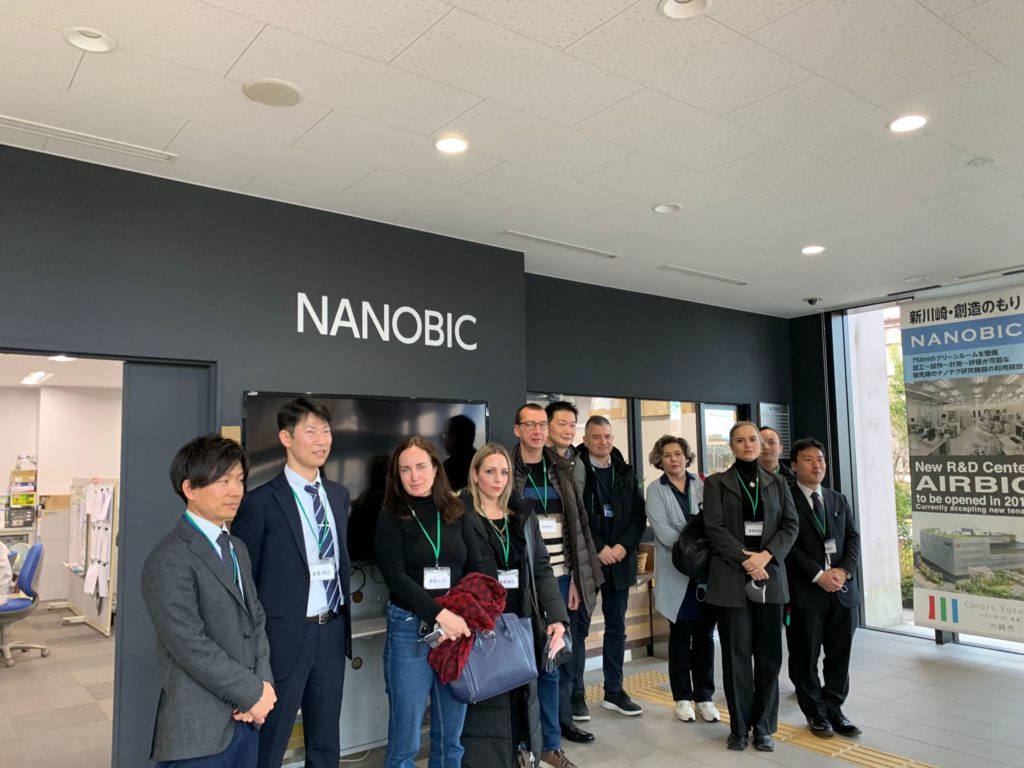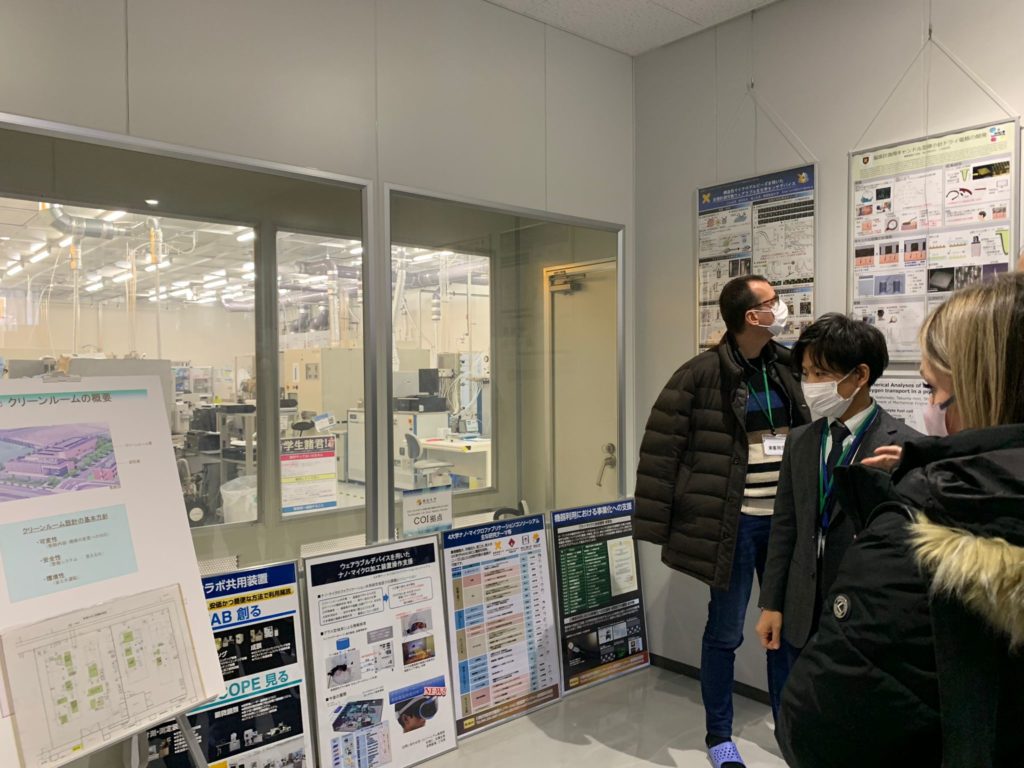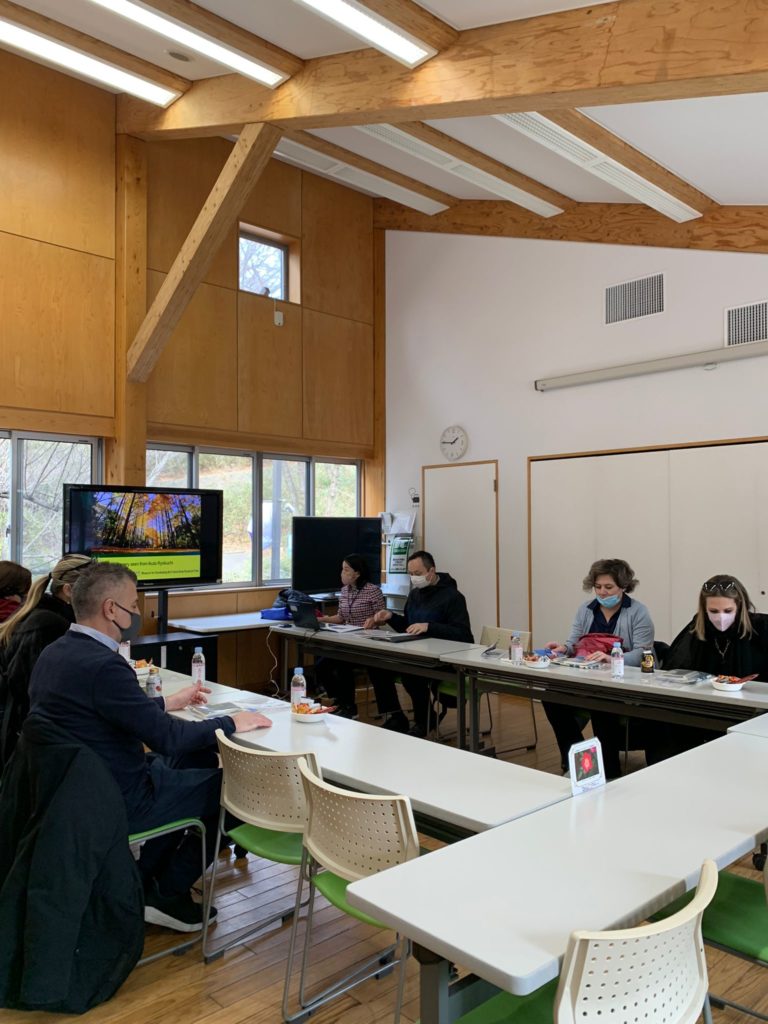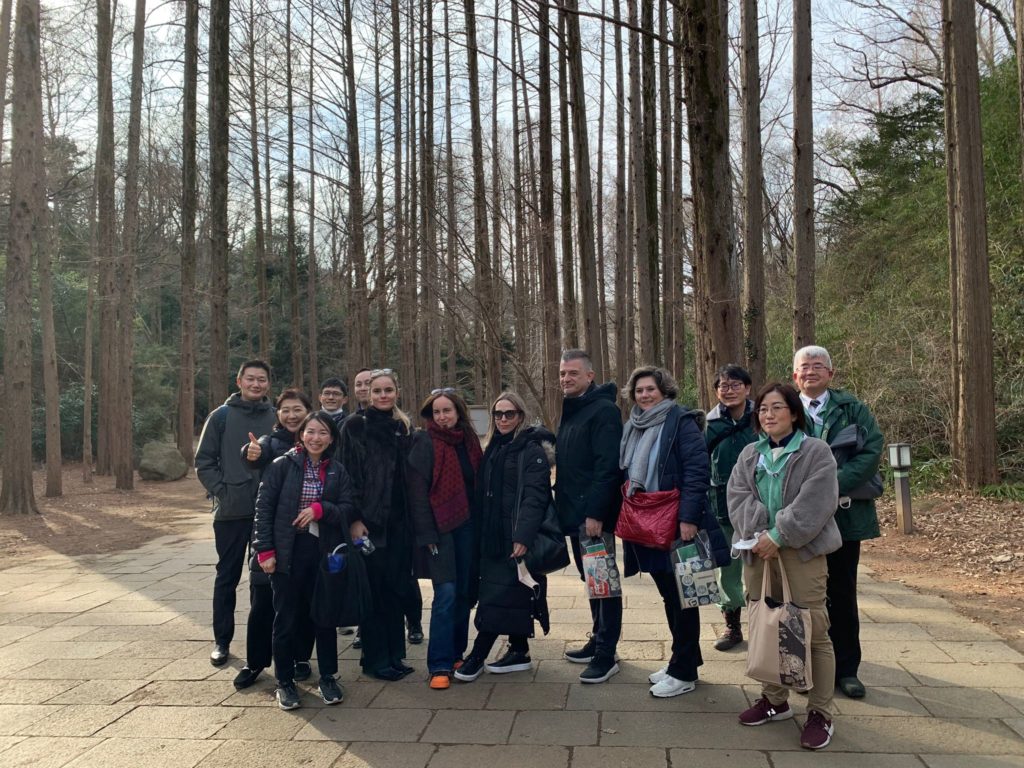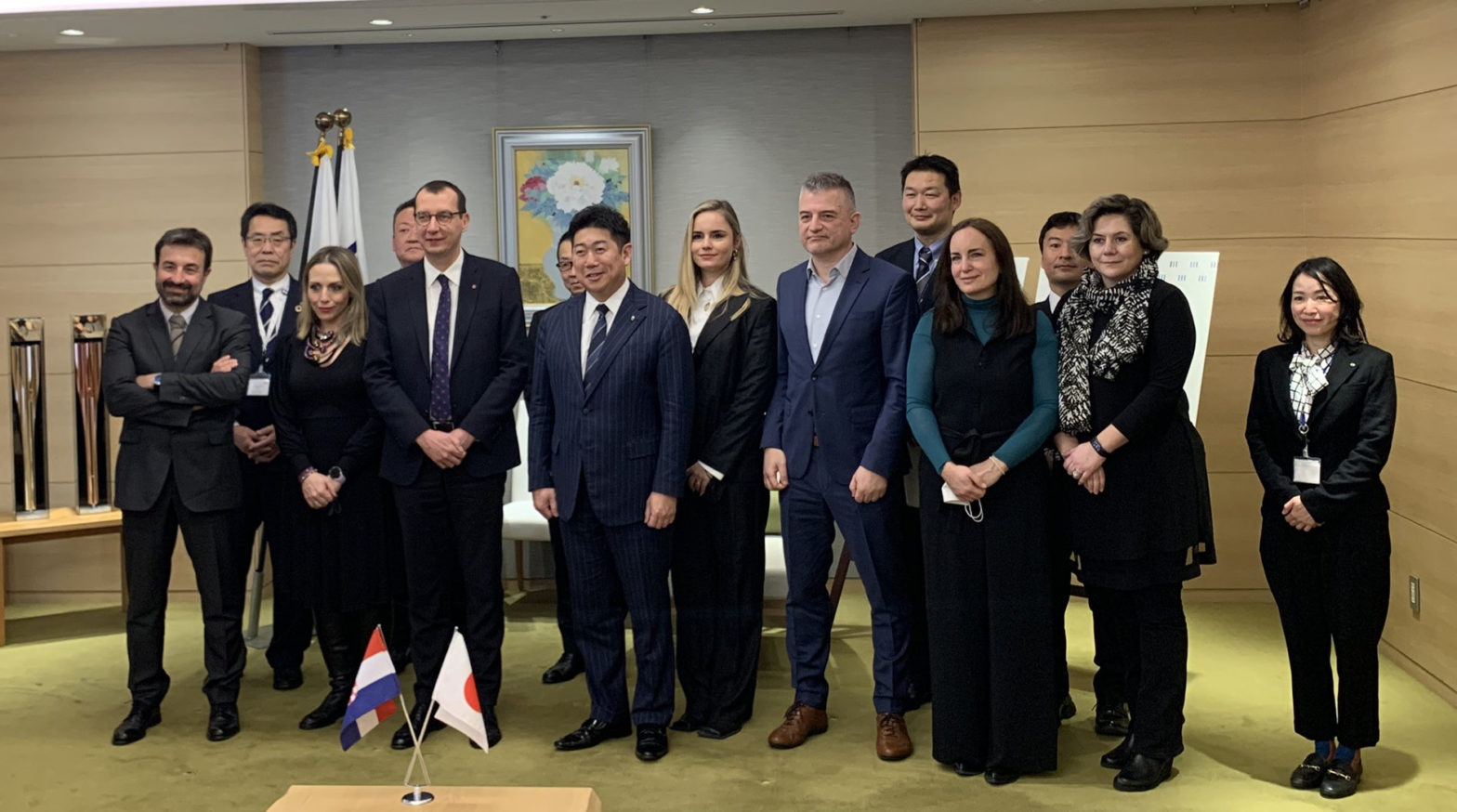The study tour of Zagreb and Rijeka, Croatia began on January 30, 2023 with the delegation visiting Kawasaki City, Japan. The delegation visited the sites related to climate mitigation, waste management and green infrastructure, including urban parks.
Kawasaki City has a population of 1.5 million, but 100 years ago it was a small town with a population of less than 50,000. From the 1960s to the 1970s, heavy industries such as petrochemicals and steel were located in the area facing Tokyo Bay. Known as the Keihin Industrial Zone, the largest industrial complex in Japan, it was a driver of the country’s rapid economic growth. Though Kawasaki has a had a history serious air and water pollution problems, it is now known by its green innovation for the transformation from the grey city to green city. Kawasaki City will celebrate the 100th anniversary of its municipal government next year in 2024.
In the 21st century, the industrial zone on the waterfront of Kawasaki City is now home to recycling industries such as waste recycling of paper, plastics, pet bottles, and metals, known as Kawasaki Eco-Town, which is replacing the heavy chemical industry of the past. In the central part of the city, the telecommunications industry and its related factories are located, such as Fujitsu and Toshiba, establishing Kawasaki the base for Japan’s digital transformation. The inland area is hilly and verdant and has developed into an excellent suburban community for Tokyo.
Thus, Kawasaki City has three major facets. The first is the recycling-oriented industrial base in the Tokyo Bay waterfront area. The second is the digital transformation in the central part of the city. The third is the face of a green city rich in nature in the inland area. Two Croatian cities, Zagreb and Rijeka, have been observing these different aspects of Kawasaki and are participating in the EU-funded IURC Asia and Australasia programme to deepen the cooperation.
The delegation of Zagreb and Rijeka kicked off their study tour by meeting with Mr Norihiko Fukuda, the Mayor of Kawasaki. Mayor Fukuda mentioned the importance of collaboration of cities to achieve sustainable and decarbonized society.
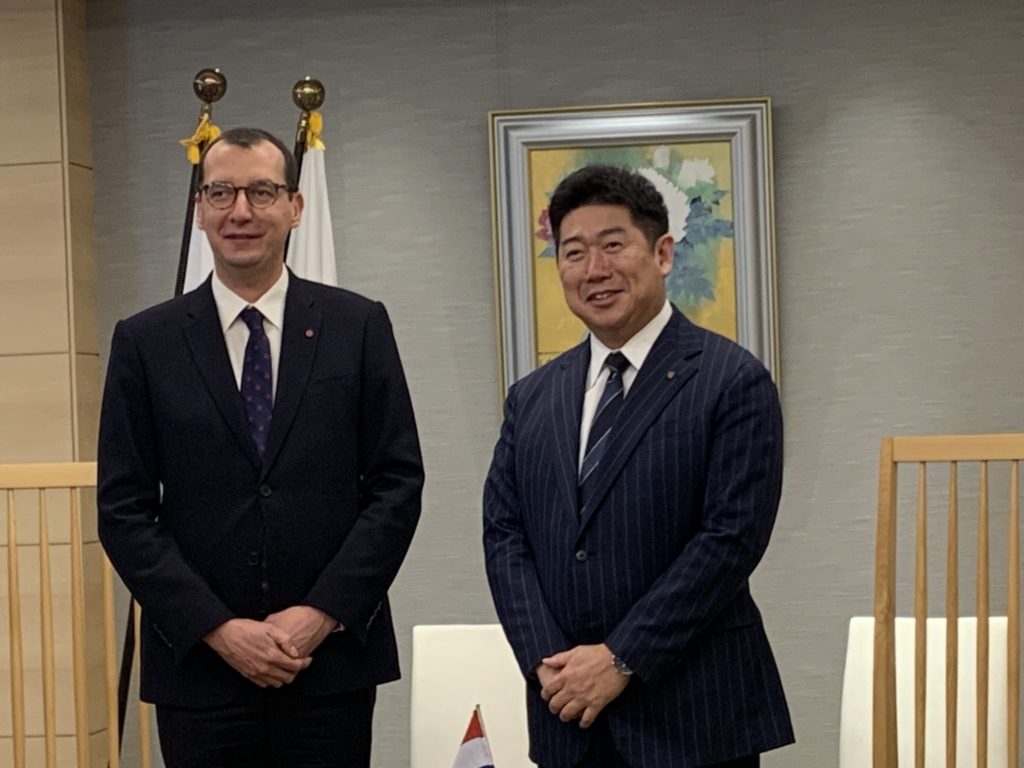
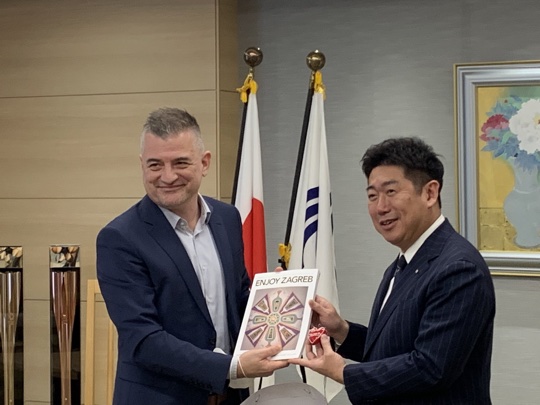
In order to observe the development of the waterfront area from a seaborne perspective, the delegation boarded a boat. They were able to view the development of Tokyo Haneda Airport, which is located across from Kawasaki City and Tokyo Bay, integrated with Chiba Prefecture and Yokohama City on the opposite shore.
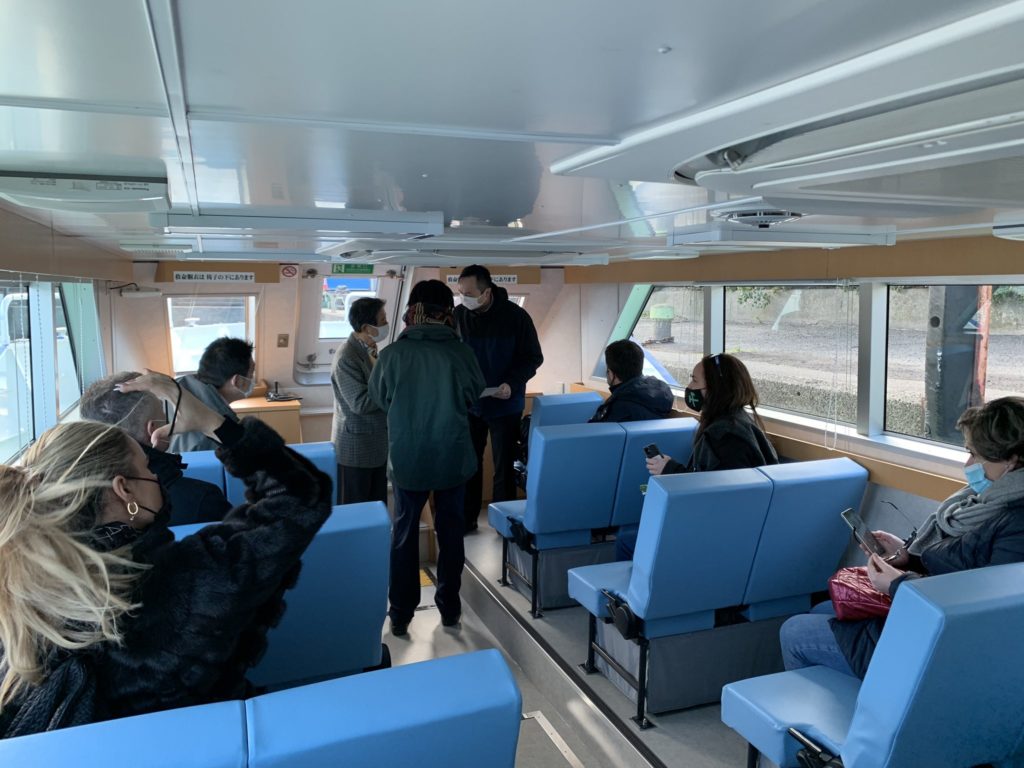
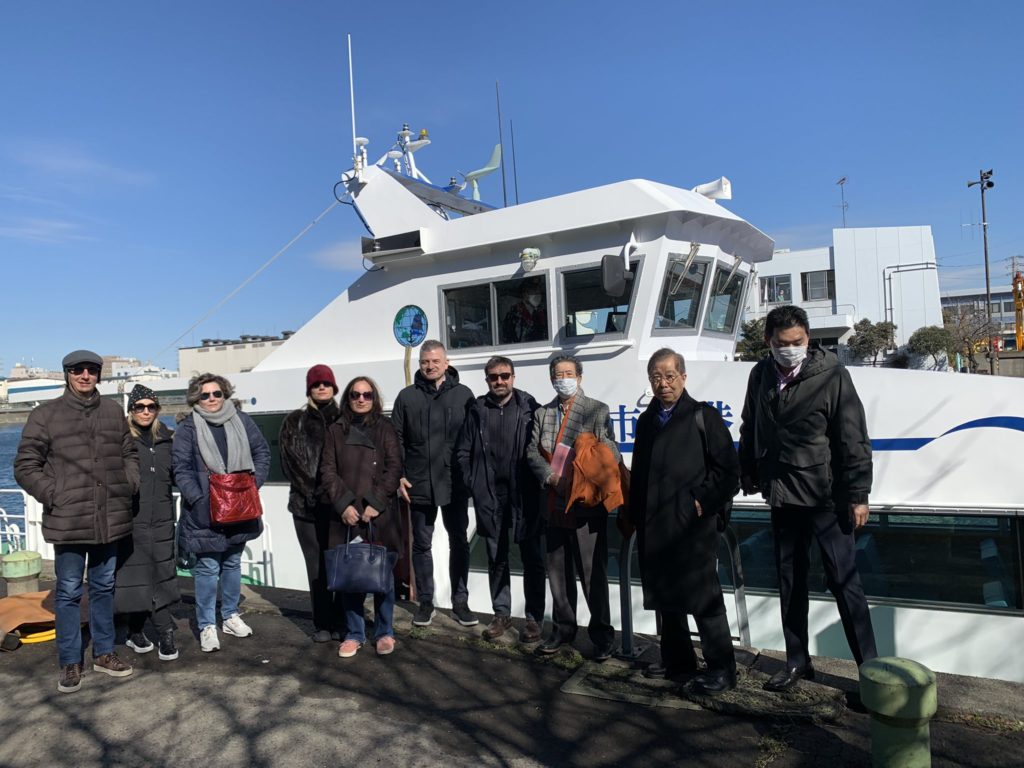
The delegation was able to observe first-hand the power generation from a municipal waste incineration plant and a mega solar power plant located in the waterfront area. The area where the heavy chemical plants were once located has become a huge base for power energy transition. A large thermal power plant is located in the area, and port facilities were developed to import LNG, the fuel for the plant. Kawasaki City plans to use them as an import terminal for hydrogen in place of LNG. This will transform what was once a carbon-based industrial base that consumed large quantities of fossil fuels into a decarbonized industrial base. A plant that produces hydrogen from waste plastics is also located here.
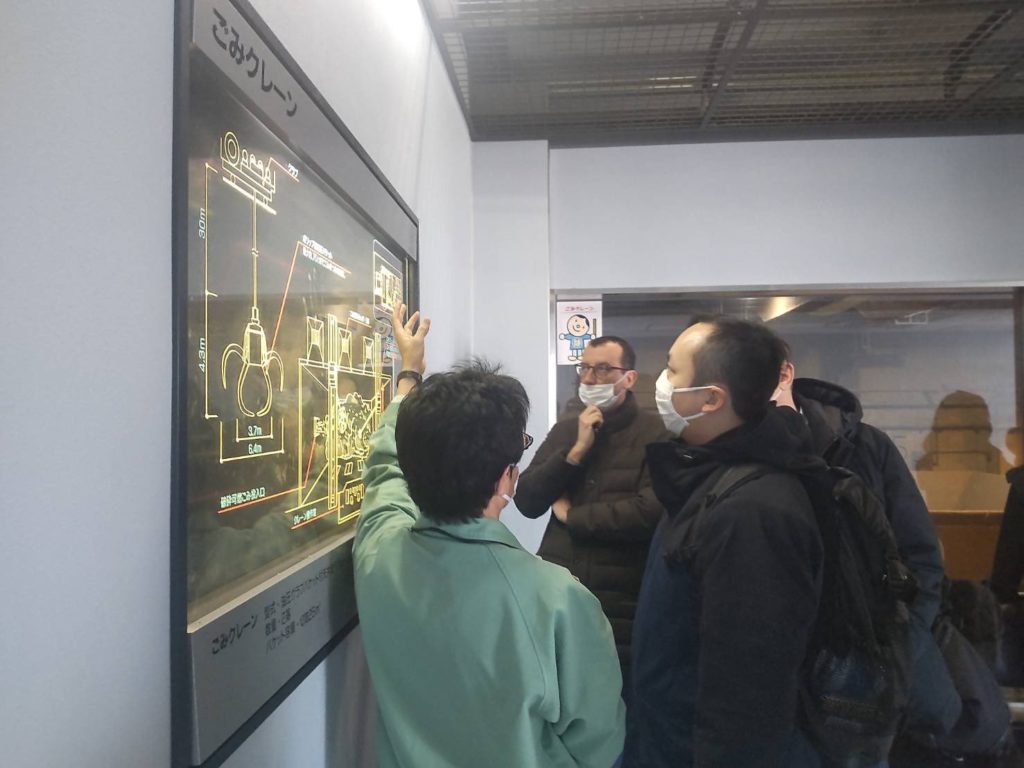

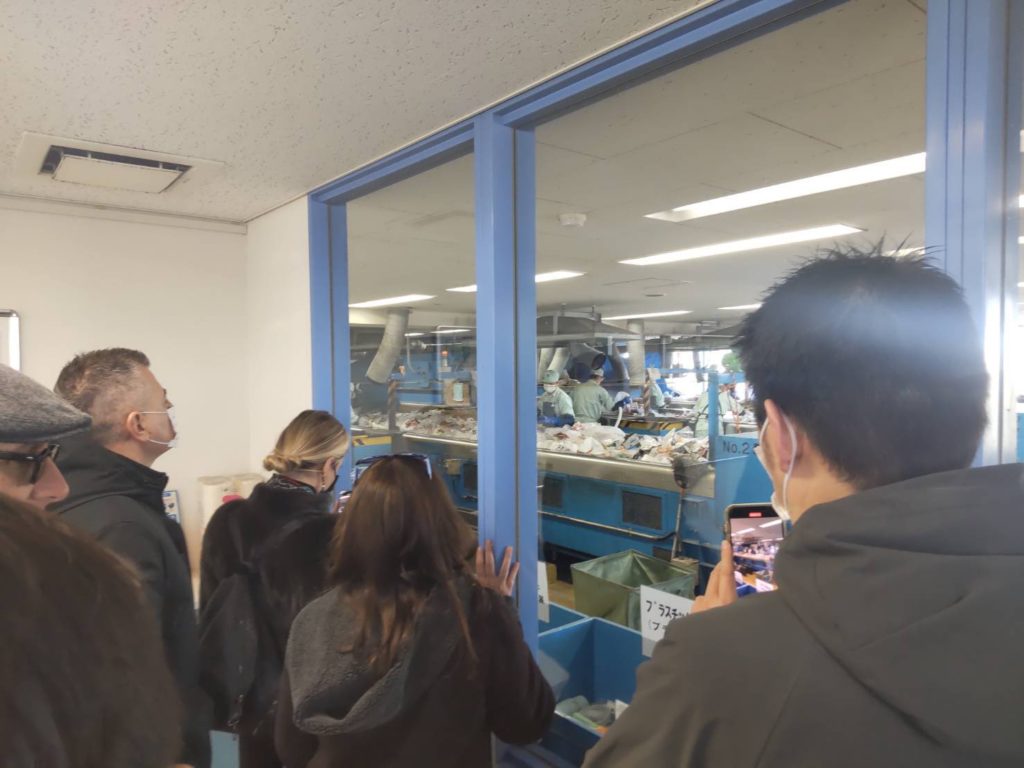
A visit to the sites where hydrogen is actually being used was a highlight of the tour. Kawasaki King Skyfront Tokyu REI Hotel has been the testing site of Japanese government projects on a hydrogen supply chain. The hotel’s energy is sourced 30% from hydrogen and 70% from biomass energy, derived mainly from food waste generated at the hotel. Hydrogen can also be produced from plastic waste, as seen firsthand from a trip to RESONAC during the afternoon. The group also learned about KING SKYFRONT, an open innovation hub in Kawasaki city, aiming at creating new industry from the world’s highest standard R&D esp. In the area of life science and environment.
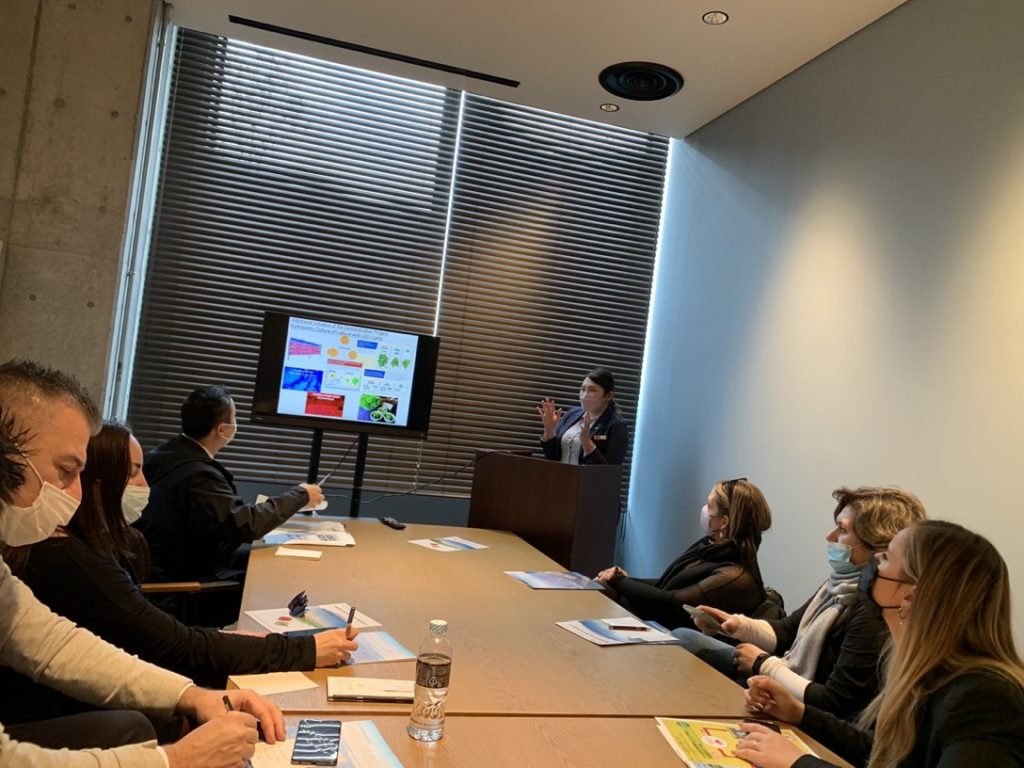
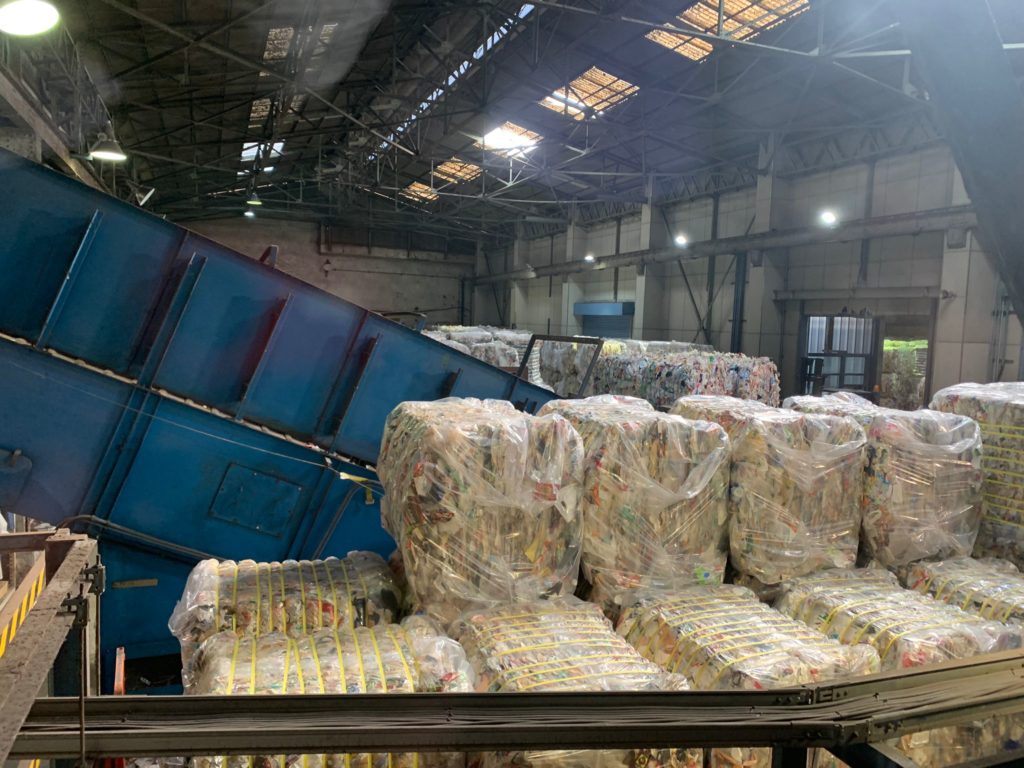
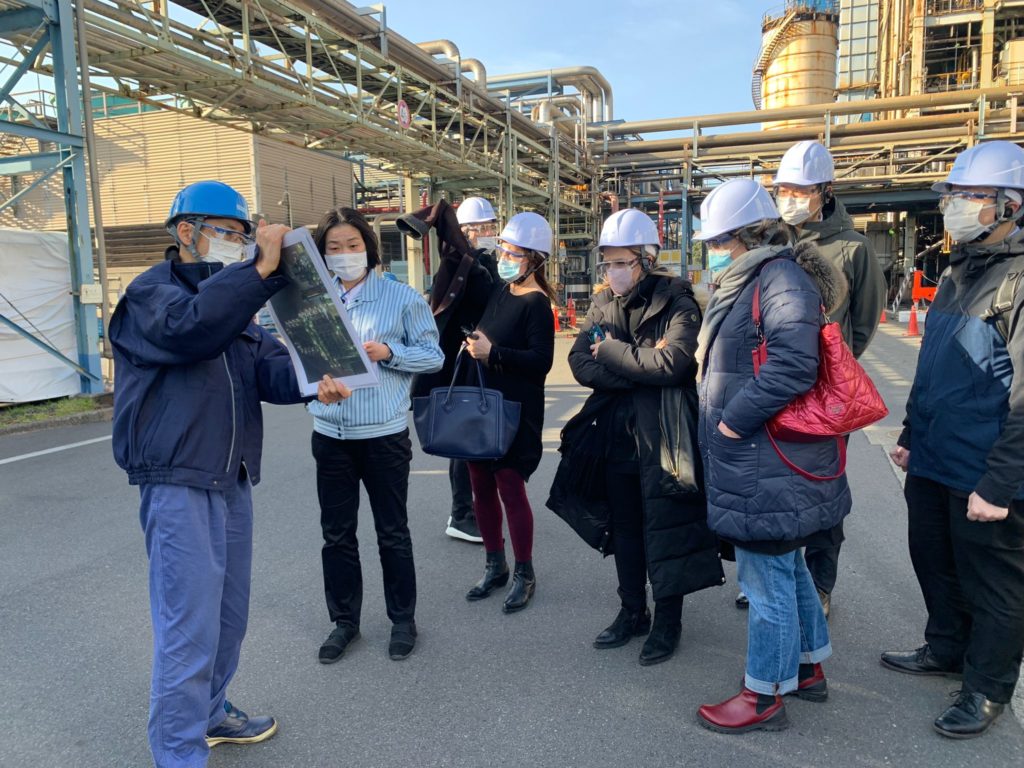
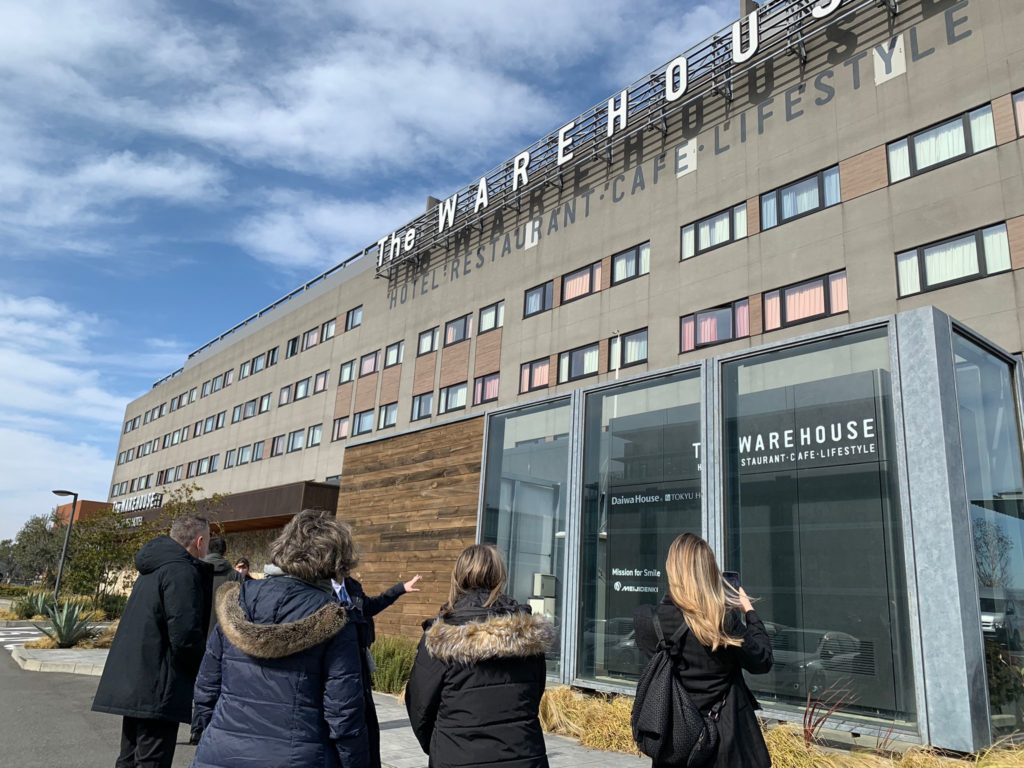
On the final day, the delegation visited Shinkawasaki Creative Forestry and AIRBIC (Advanced Innovative research and Business Incubation Center), which aims to create new industries and cutting-edge technologies. The Shin-Kawasaki Creation Forest (7 Shinkawasaki, Saiwai-ku, Kanagawa Prefecture) is being developed as a research and development center for the creation of new science, technology, and industry through collaboration between industry, academia, and government.
AIRBIC, an industry-academia exchange and R&D facility, will be the culmination of the “Shin-Kawasaki Creative Forest” project and will serve as the city’s open innovation base facility. The final visit of the trip was to Ikuta, which illustrates the strong commitment of citizens toward managing green parks in the city. Preservation of urban forestry and greenery is a topic of common interest for the Croatian and Japanese cities.
